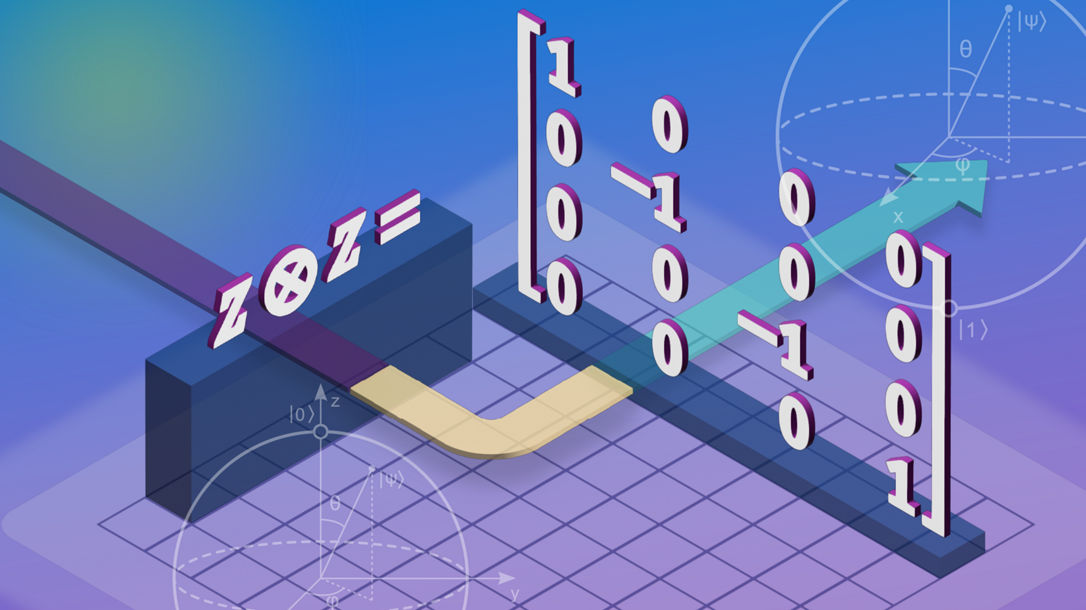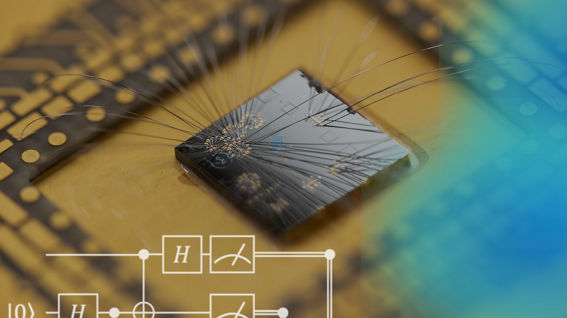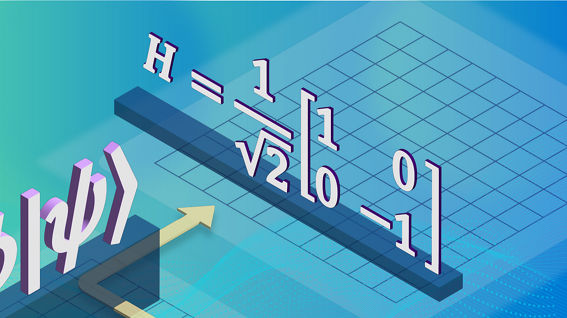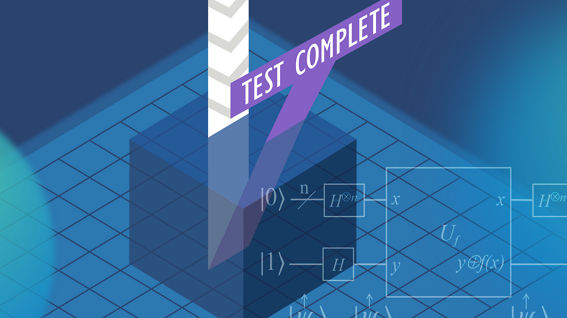Multi-qubit gates are a type of quantum gate that act on two or more qubits simultaneously. Multi-qubit gates enable the creation and manipulation of entangled states, which are essential for performing complex quantum computations. Some of the commonly used multi-qubit gates are:
- CNOT (Controlled-NOT) gate: A two-qubit gate that performs a NOT operation on the target qubit if - and only if - the control qubit is in the state |1⟩.
- SWAP gate: A two-qubit gate that swaps the states of two qubits.
- Toffoli gate: A three-qubit gate that performs a NOT operation on the target qubit only if both of the control qubits are in state |1⟩. It is also known as the CCNOT gate (Controlled-Controlled-NOT) and is a key building block for many quantum algorithms.
- Fredkin gate: A three-qubit gate that swaps the states of two target qubits only if the control qubit is in the state 1⟩. It is also known as the CSWAP gate (Controlled-SWAP).
Multi-qubit gates are often used in combination with single-qubit gates to perform operations on multiple qubits. For example, the CNOT gate is often used in combination with the single-qubit Hadamard gate to create a Bell state. (Hadamard gates are used to create a superposition of the qubit's states.)

Uses and importance of multi-qubit gates
Multi-qubit gates play an important role in quantum computing in a number of ways. For example, the CNOT gate is used to create Bell states. The Bell state, also known as the Einstein-Podolsky-Rosen (EPR) state, is a maximally entangled state of two qubits. This means that the state of one qubit is entirely dependent on the state of the other qubit. To create a Bell state on a quantum computer, an algorithm will start by initializing two qubits to the |0⟩ state, which is represented by the state vector |00⟩. The algorithm would then apply a Hadamard gate to the first qubit, which will put it in a state of superposition. Next, the algorithm would apply a CNOT gate to the two qubits, with the first qubit acting as the control and the second qubit acting as the target. This gate will flip the state of the second qubit if the first qubit is in the |1⟩ state, resulting in the following state vector: (1/√2)(|00⟩ + |11⟩). The resulting state is the Bell state |Φ⁺⟩, which is a maximally entangled state of the two qubits.
Multi-qubit gates also play a crucial role in constructing universal gate sets, which are essential for performing arbitrary quantum computations. For example, the CNOT gate, along with single-qubit Hadamard and phase gates, is a universal gate set for a two-qubit quantum computer. Similarly, the Toffoli gate, along with single-qubit gates, is a universal gate set for a three-qubit quantum computer. Multi-qubit gates are also used in a variety of quantum algorithms, including quantum error correction, quantum simulations, and quantum cryptography. Lastly, they are also in the implementation of quantum gates and measurements in quantum hardware, such as superconducting qubits and trapped ions. By manipulating the quantum states of multiple qubits simultaneously, these gates allow us to perform complex operations and computations that are not possible with classical computers.





